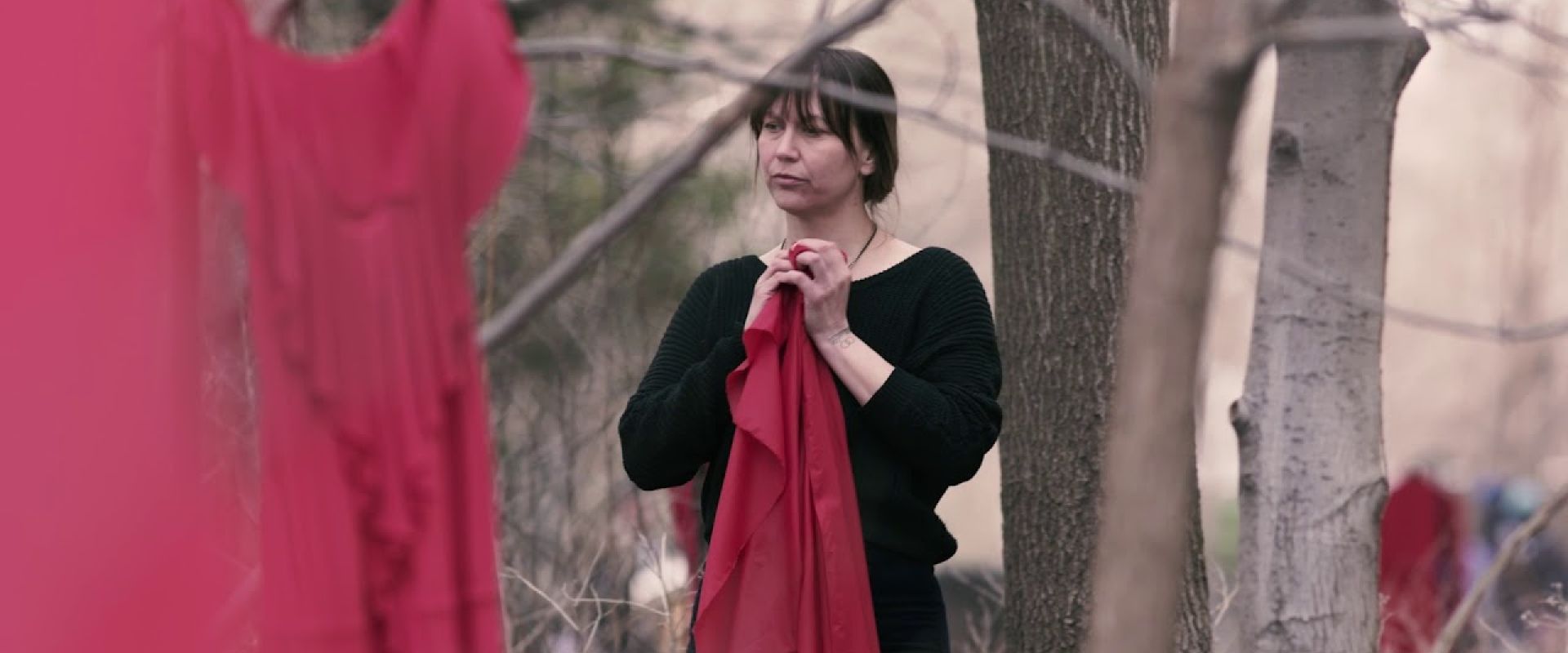
May 5th is the National Day of Awareness and Action for Missing and Murdered Indigenous Women, Girls and Two-Spirit People. On this day, we are reminded of the over 4000+ Indigenous women, girls and Two-Spirit People who have been victims of gender-based violence and anti-Indigenous hate.
Métis artist Jamie Black started the REDress Project in 2010 as an art exhibit that drew attention to this crisis. The project has become a national movement, and May 5 is also called Red Dress Day. On this day, across Canada, red dresses are hung in and out of doors in public spaces. Red is significant because it represents both violence and well-being. It is also the only colour that spirits can see, according to Indigenous teachings and a way of reconnecting the lost spirits of the missing women, girls and Two-Spirit People (MMIWG2S) with their loved ones.
Indigenous women, girls and Two-Spirit People continue to have higher rates of violence against them in Canada. Statistics Canada reports that two-thirds of First Nations and Métis women have been victims of violence in their lifetime; a third of this group have been sexually assaulted. 56% of Indigenous women have experienced physical assault, and a third of have been assaulted sexually. Six out of 10 incidents of violent crimes against Indigenous women go unreported. The Native Women’s Associate of Canada estimates that 4000 women, girls and Two-Spirit People went missing or were murdered between 1980 and 2012. Despite these astonishing statistics, many law enforcement agencies lack proper reporting protocols to account for Indigenous women who face violence, go missing and are murdered.
Red Dress Day urges us to act at all levels of government and in our organizations to prioritize the safety of Indigenous women, girls and Two-Spirit People. Acting means making sweeping, systemic change and involves centring Indigenous voices, especially the voices of women, girls and Two-Spirit People and eliminating gender-based and anti-Indigenous violence.
Reconciliation and calls to action outlined in the Truth and Reconciliation Commission’s Report call all Canadians to develop and rebuild relationships with Indigenous Peoples and outline specific measures to dismantle and “redress” oppressive practices, policies and systems that perpetuate violence against Indigenous Peoples, particularly women, girls and Two-Spirit People.



